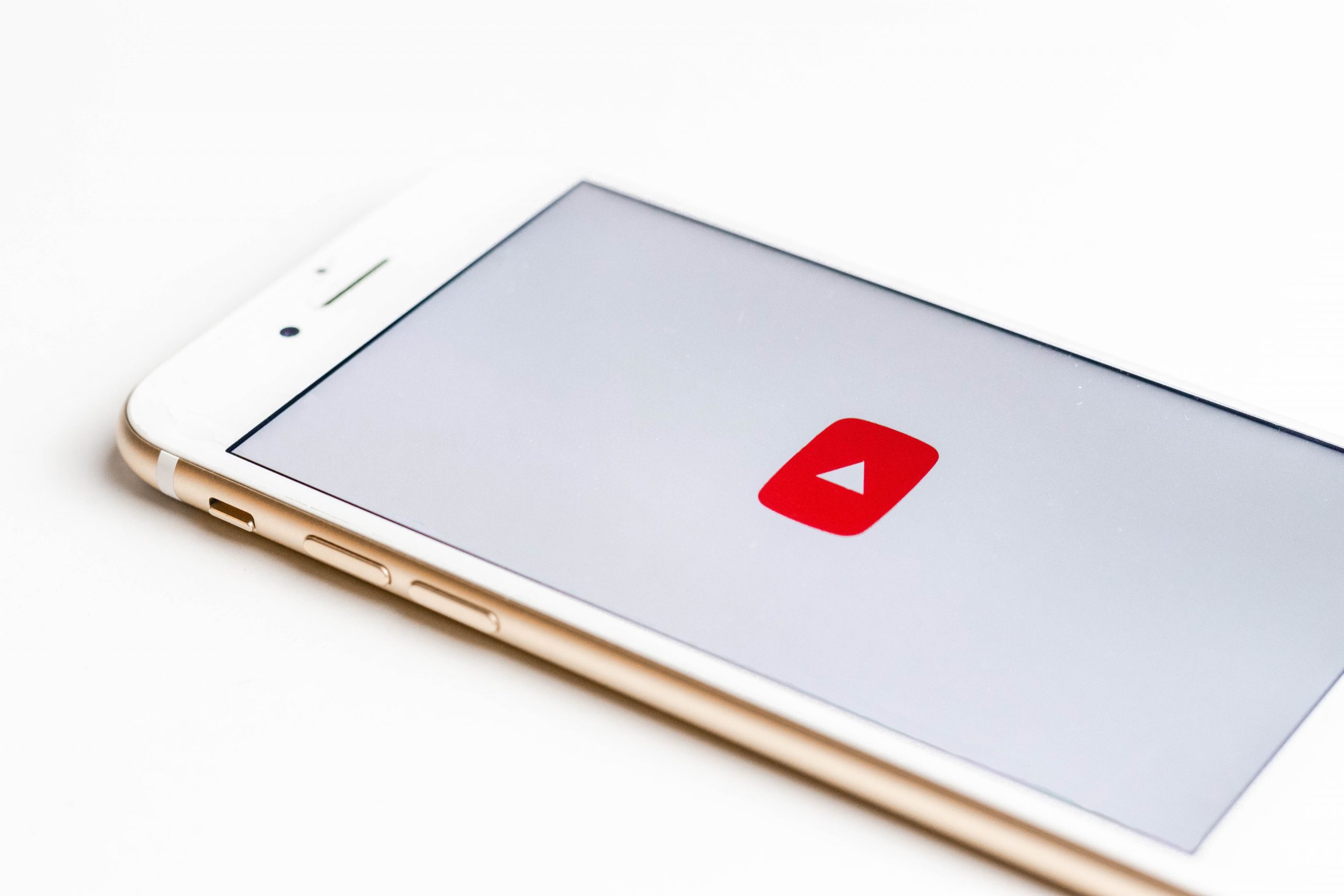
The Rise in Video Advertising
It goes without saying that our screens have never had so much air time. Whether we’re online shopping on our mobiles, working on our laptops or watching Netflix on the TV – we’ve never spent so much time on our devices. And with that, comes a great deal of opportunity for advertisers to reach people – with the surge in screen time, advertisers suddenly have access to a substantially wider audience – especially through video, where viewership has surged as a result of the pandemic.
But, how do advertisers engage their viewers and avoid potentially annoying or intrusive video content? Standing out against the competition has never been harder and while some brands try and fail, we’ve seen others shine through – captivating their audience with engaging and eye catching ads that drive performance.
The success or failure all comes down to the basics of an ad. If we can’t relate to an ad or it’s something that feels completely random both situationally and physically then we typically register it as irrelevant, and for the most part, ineffective. For example, I was recently targeted with a Pet Insurance ad and, along with the fact that I don’t have a pet, this appeared in the middle of my workout video, while I was mid-squat! Situationally irrelevant, and physically completely inappropriate – a waste of time for me and money for the advertiser!
Good video content involves understanding your customer and reaching them with impactful content that’ll spark their interest. Finding these audiences on Google is easy due to the vast array of targeting options, but this needs to be supported with complimentary creatives and ad personalization.
Much to everyone’s surprise, personalization of creatives doesn’t have to mean producing hundreds of videos – it can come through knowing the ins and outs of your target market. Take a recent YouTube campaign by Samsung as an example. They identified 3 unique audience segments and created bespoke videos for each, highlighting elements of their product that would be most engaging. This ad personalization was based on a search analysis that identified what each audience segment was most likely to browse on YouTube.
For example, they identified that their ‘gamers’ audience segments were mostly searching for “tips and tricks” on YouTube and as such tailored their content to match this. As expected, this was a roaring success, as the video aligned with their audiences interests.
The lesson to all advertisers: take the time to understand your customer segments and think about what they would want to see.
Another ad technique that has been seen most recently is involvement. I don’t know about you but being stuck at home has sparked an unfound interest in me for any form of online competition with active participation. We, as humans, get bored fairly easily so are always searching for some excitement in our lives, and brands should be bringing this excitement into their advertising, which is exactly what Volkswagen did.
Volkswagen did a phenomenal job of this in an ad campaign for a car in the world’s most remote showroom. They created a treasure hunt, hiding clues throughout their ad for users to find the coordinates of the car. And if you were the first to find the location, you got to keep the car! A win/win situation; the brand saw massive traction and one lucky winner got a new car.
While some brands such as Samsung and Volkswagen have become more innovative with their content, other brands are slow to catch on. For many, the standard one size fits all ad is seen as the “easy” option, and while we hope to see more personalization and involvement in the future of video advertising, sadly we don’t expect this to happen for a while. But hey, it’s great to see video evolving and we’ll be keeping a close eye out for any more future trends!
Browse: Industry Insight
Read Next
Find out how we can help you
With offices around the world, we can build a team perfect for your needs.

